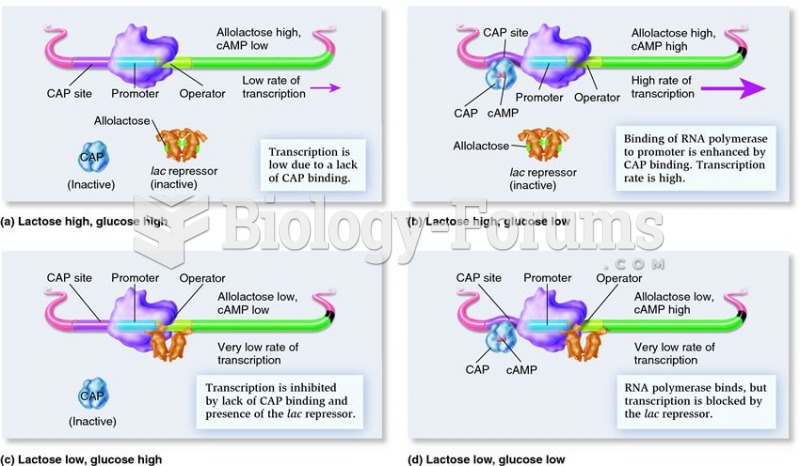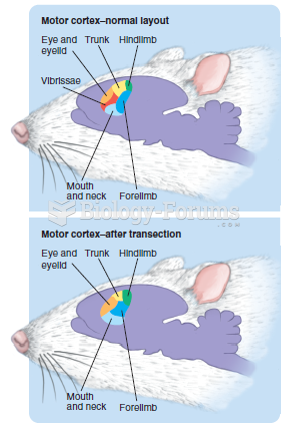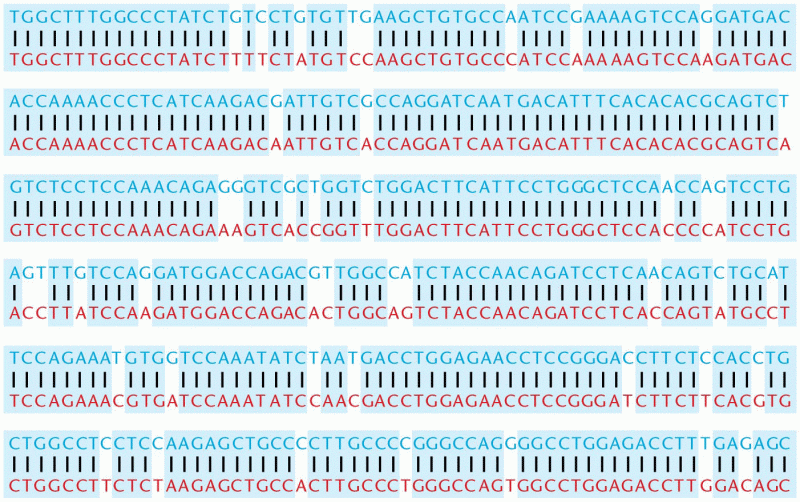|
|
|
Though newer “smart” infusion pumps are increasingly becoming more sophisticated, they cannot prevent all programming and administration errors. Health care professionals that use smart infusion pumps must still practice the rights of medication administration and have other professionals double-check all high-risk infusions.
This year, an estimated 1.4 million Americans will have a new or recurrent heart attack.
Approximately 25% of all reported medication errors result from some kind of name confusion.
For high blood pressure (hypertension), a new class of drug, called a vasopeptidase blocker (inhibitor), has been developed. It decreases blood pressure by simultaneously dilating the peripheral arteries and increasing the body's loss of salt.
The first documented use of surgical anesthesia in the United States was in Connecticut in 1844.







